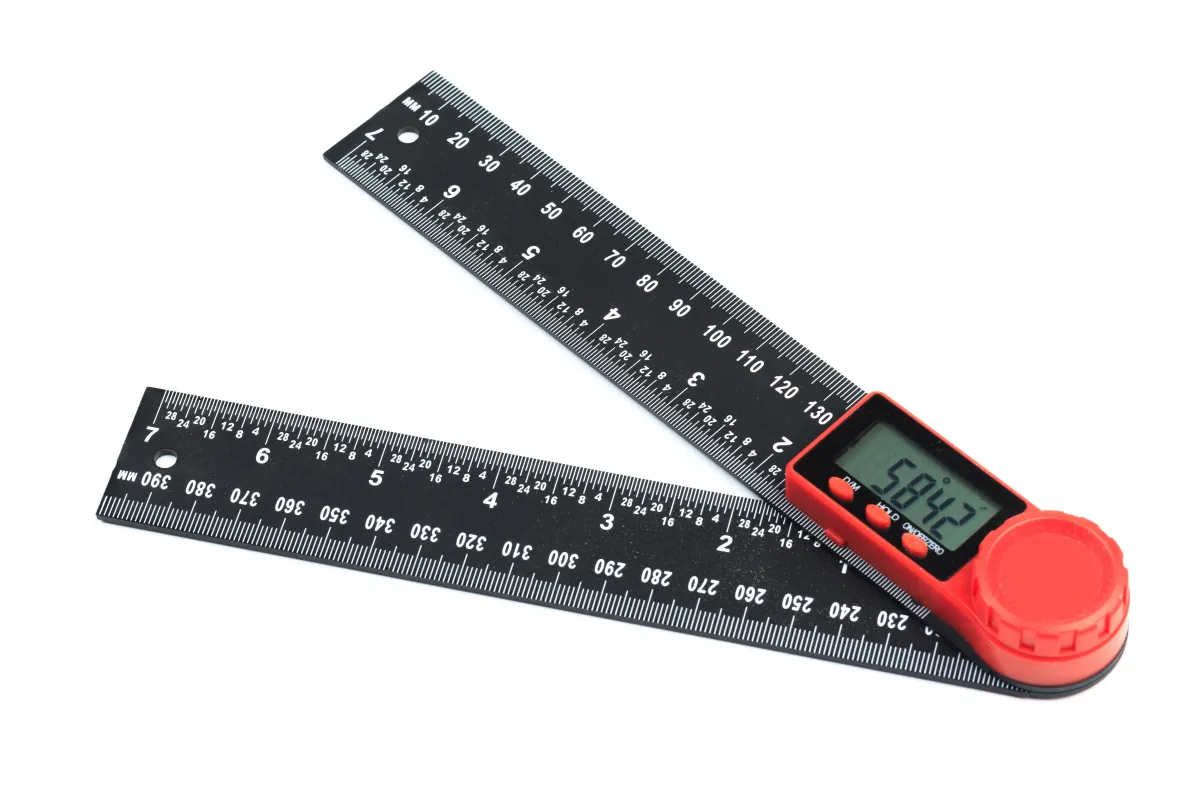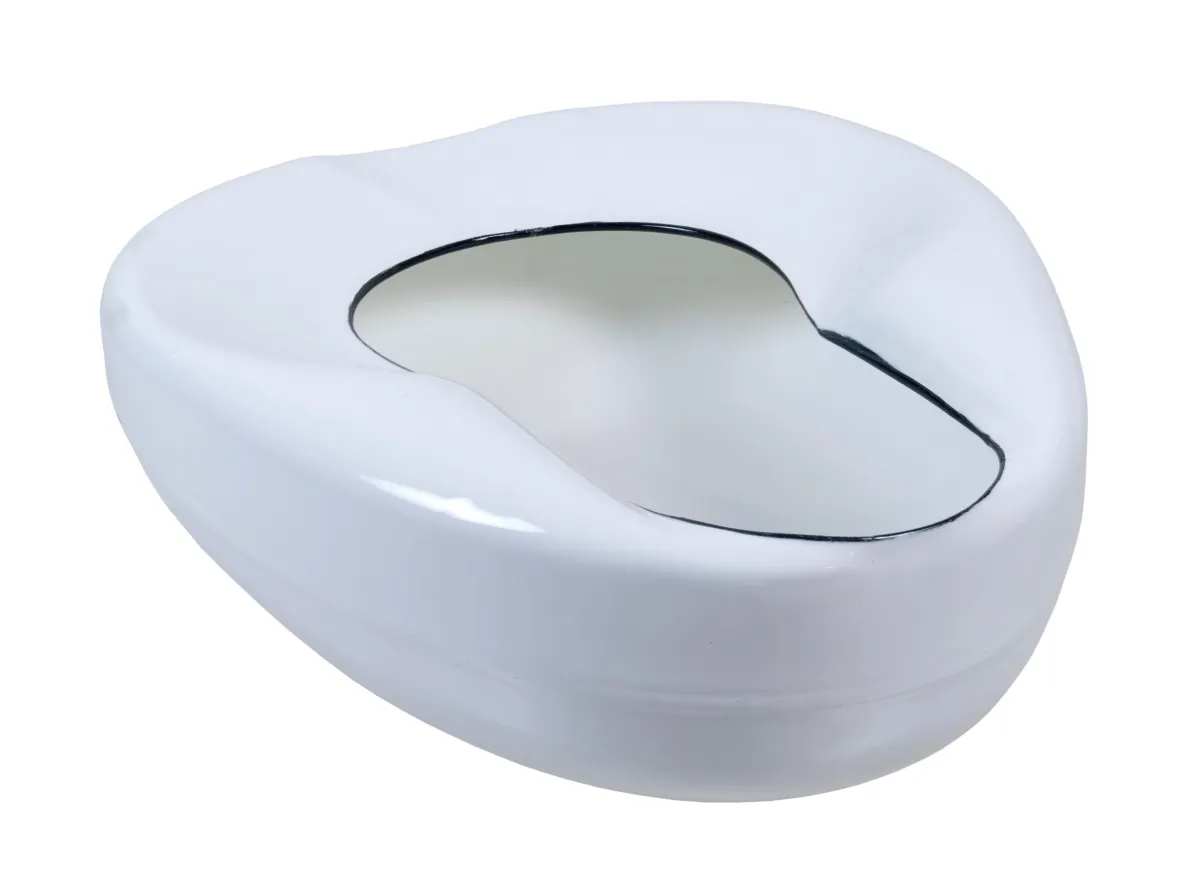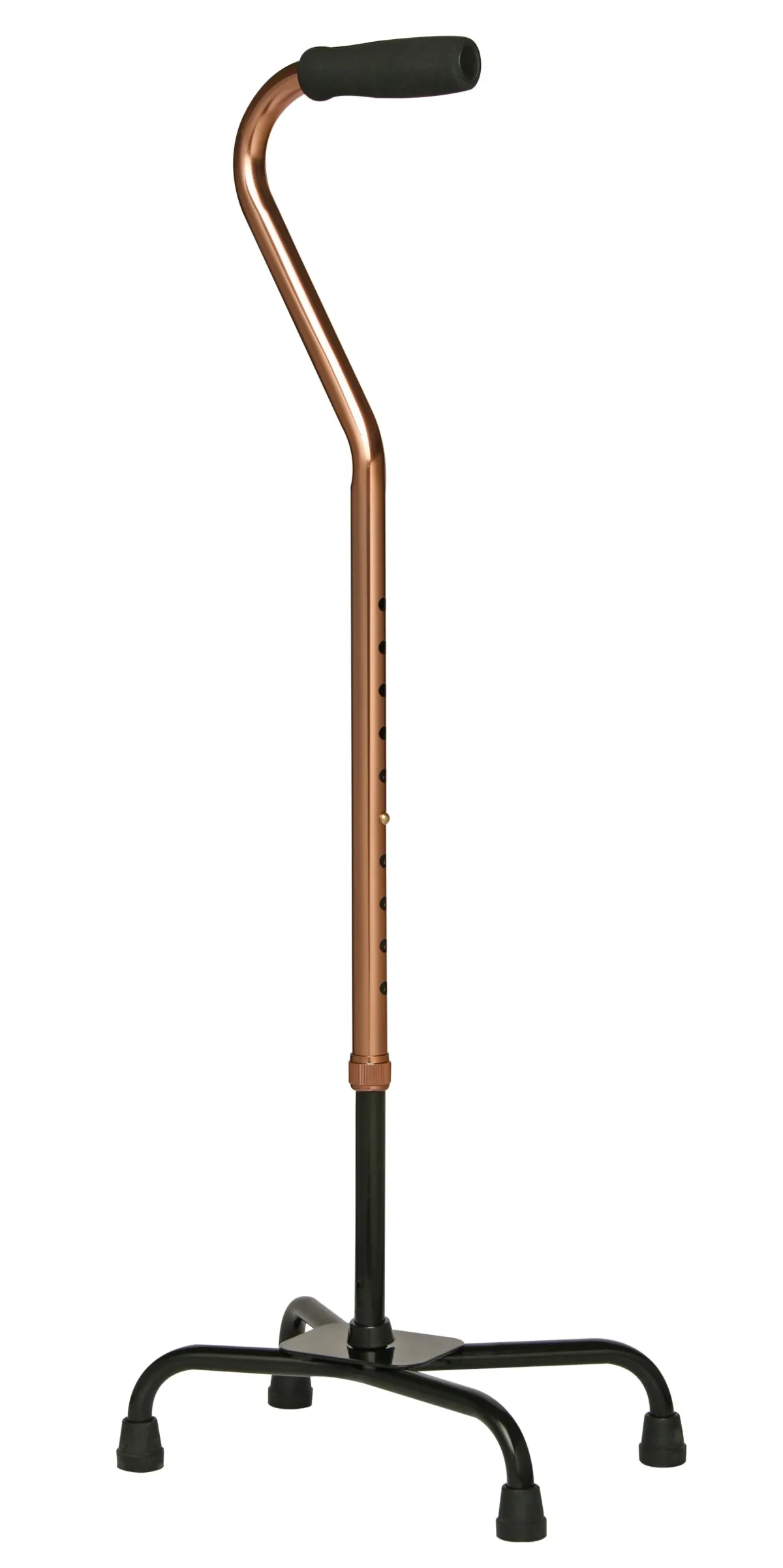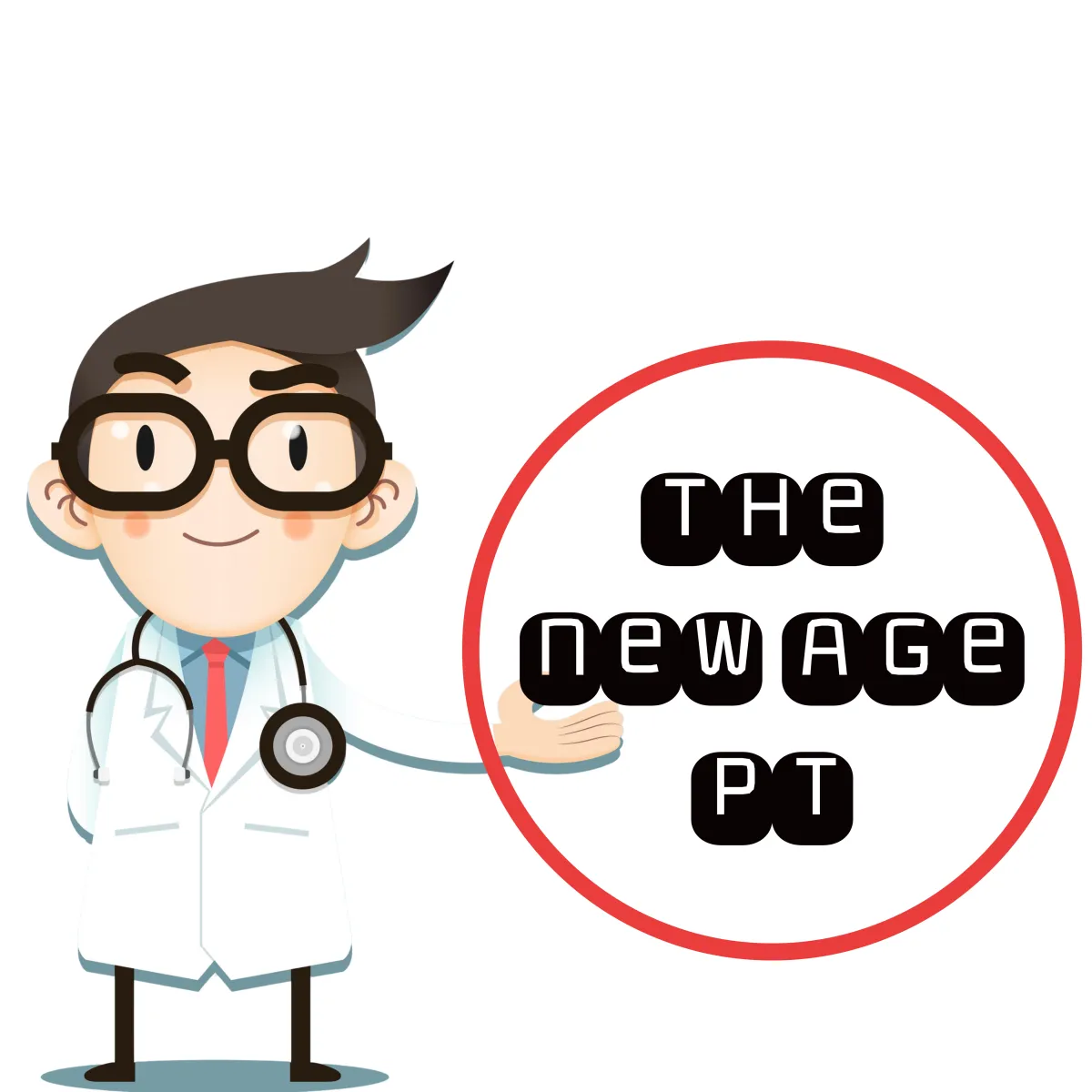"Do You Even Market, Bro?"
WELCOME, WELCOME!, WELCOME!!...
My insurance hatin', cash lovin' physical therapist guys and gals!
Come hither! I have some valuable goodies for you.
You’re about to receive an injection of marketing mastery guaranteed to improve your business (proof to follow).
How much impact will it have on your business? That depends on how serious you’re willing to take this.
Some of what you’re about to see may seem obvious — most will not. But before we get started, I have a question for you.
Are you currently paying for advertising?
Would you like more patients from your advertising?
Don’t worry, it’s a rhetorical question.
Of course you do!
That's why you're here!
On that note, are you ready?
If so, then jump into my Cash PT time machine because we’re going back to the ripe year of 1966.

Err, that’s just my digital goniometer.
Let me press this button again…

There we go!
Let’s both get in, we'll fit no problems!
“ZINGGGGGGG!”
We made it!
Alright, what was happening in 1966 anyway?
Well, John Lennon of The Beatles famously said, “we’re more popular than Jesus!”
Bobbi Gibb became the first woman to run the Boston Marathon.
Star Trek debuts on NBC.
But all of those pale in comparison when it comes to…
Eugene Schwartz’ book, “Breakthrough Advertising”!
Have you heard of it? It’s only arguably the most impactful book of its kind.
Allow me to tickle your brain’s gray matter with the marketing philosophy taken from page 3:
“[Marketing] cannot create desire for a product. It can only take the hopes, dreams, fears, and desires that already exist in the hearts of millions of people, and focus those already existing desires onto a particular product.”
Said differently,
The goal of marketing is to
turn an existing desire
for a solution into
demand for your service!
So, what does that really mean?
If someone doesn’t already want a solution to their back pain we can’t sell them physical therapy (duh!).
However, if someone does want a solution to their back pain — and believes their problem requires an MRI, X-ray, surgery, etc — your marketing can change their beliefs (so they see you as the solution).
Their desire is to ease back pain.
The beliefs about what’s required to achieve that desire is malleable.
Did that make sense? I hope so.
You just discovered marketing 101, my friend.
Once you finish meditating on the meaning of those few paragraphs, let’s rip over to Zuckerberg palace.
Below, you’ll see the first ad I came across in the Facebook Ads Library (Google it if you don’t know what it is) when I searched “physical therapy”:
"We’re offering Free Discovery Visits with our doctors of physical therapy in Washington, PA!
We help people overcome pain, resolve injuries, and return to an active life without relying on pain pills, frequent doctor visits, or surgeries.
In this free visit, we will uncover the best route of treatment for your specific issue and provide clear next steps to a full recovery.
✅ Fast relief of pain & mobility issues.
✅ Resolve injuries without surgery or invasive procedures.
✅ Safe, natural, & effective treatment.
Click below to request your Free Discovery Visit!"
So, what do you think?
Did the advertiser do enough to build demand for their offer?
My vision of the conversation goes something like this:
Prospect: “Well, it is free so what do I have to lose?”
Therapist: “This first visit is free and then it’s $200 for every visit thereafter.”
Prospect: “$200?! I can get physical therapy with my insurance. I’ll just find a different clinic.”
Here’s the point:
If you charge more than the competition it’s imperative you build demand for your service before they inquire, not after.
Want to see this in real life action?
You can start by snooping on Apple, Gucci, Ferrari, and Disney.
You don’t see sales people at Apple.
Nobody walks into a Ferrari dealership wondering if they want a Ferrari.
People fly from all around the world to visit Disney Theme Parks.
Women pay hundreds to thousands more for a Gucci product that performs the same function as a Gap purse.
I understand what the clinic is thinking when they throw money behind the advertisement you just read…
It’s the good ol’ fashioned bait and switch trick!
Therapist: “We’ll just get people in the door, show them we can help them, and then they’ll pay our prices.”
And to that I say, “not so fast, el physiotherapisto”.
There’s a whole slew of problems with this thought process.
Here’s one of them:
This ad forces you (or your staff) to call every lead that completes the form for that free visit.
Most of whom fall into one of three categories:
1. They don’t answer their phone
2. They don’t even remember filling out the form
3. They have no money
You may be asking how I know this.
I’ve shamelessly tried a similar ad myself!
I offered a free visit. Then a $29 visit. Then a $49 visit. Then a $79 visit.
And the results were generally the same.
Lots of work for little reward!
We’re going to come back to this “cost” thing in a moment but for now let’s keep bellowing forward.
What if I said your marketing could perform the filtering automatically so your sales team doesn’t have to?
What if I said the only leads you need to call are the ones who already have desire for your service?
What if I said currently the world’s longest beard is 8 feet 3 inches?
Well, they’re all true!
Lo and behold, Sir, Sarwan Singh!

Okay, enough jokes around these parts!
Here’s how you make this work for you:
Success in business will always come down to differentiation.
More specifically, what makes you unique, different, and superior at delivering the result you promise?
So, competition. You must be different from them.
What are they currently saying that you can say differently?
The next question is, who do you serve?
What are their problems? Beliefs? Desires? Fears? Frustrations?
The more accurate you’re able to answer these questions the more targeted your marketing becomes.
And finally, what is your process?
In other words, how do you actually deliver the promised result? (More on this in a moment)
Let’s sum it up neatly. Marketing —and business— is about understanding;
1. Who your competitors are so you can be different
2. Who your target audience is so you can speak to them
3. What your process is so you can build desire for your offer
Alright, let’s circle back to the money conversation.
Who is most likely to pay for cash physical therapy?
Let me ask you…
Do you believe someone who has tried physical therapy, chiropractic, massage, physicians, has been diagnosed with a labrum tear or whatever else… is more likely to say “yes” to a $49 first visit but will say “no” to a $99 visit?
What about a $99 visit versus a $199 visit?
What role does cost honestly play for someone who’s already failed traditional physical therapy?
It’s a question worth pondering.
I don’t believe I said this but, I owned a cash clinic for five years.
And I talk to other cash clinic owners every week.
Here’s what that means for you:
Generally, the people willing to pay cash have failed the in-network approach first.
I commonly refer to these people as ‘the skeptics’.
They don’t trust you can help them. It’s nothing personal. But they’ve already been burned.
One more thing to consider: There’s more than just a monetary price associated with physical therapy.
It requires a lot of time, dedication and discipline to consistently carry out what you ask of your patients.
The last thing a skeptic wants is to waste their time and energy on another solution that didn’t work.
So, you have a lot to overcome. Don’t underestimate the amount of work it takes to get a new cash patient.
I’m not saying you can’t get new cash patients who haven’t tried PT before. However, it is unlikely in the long-term.
There’s loads of money waiting for the PTs who develop a marketing system that successfully gets skeptics.
Why?
First, your competitors don’t understand how to do this. The more you read their advertisements the more you’ll realize what I’m saying is correct.
Second, there’s more people in your town who are skeptical than you can possibly serve.
Third, once a skeptic becomes your patient —and you deliver on your promise—they won’t go anywhere else because they don’t trust anyone else.
Okay, are you ready to keep moving forward?
It’s time to put your thinking cap on!

Are you wearing it?
It looks really good on you!
This should pan out nicely.
Let’s learn!
What is the psychological difference between free, $49, $99, and $199?
We already discussed there’s more than just a dollar figure attached but let’s dive deeper.
Imagine this:
You’re participating in a study to verify the “pain killing” effects of a new pill.
You’re told this drug costs $2.50 per capsule while the competition is only $0.10 cents.
The study host politely greets you with a smile and instructs you to have a seat next to a fixed machine attached to two electrodes by wires.
She fastens them to your arm, presses a red button, and “ZAP!”
“OUCH!”
You’re instructed to rate the pain from 0-10.
Once complete, you swallow the new pain pill and wait 20-minutes before repeating the same test.
ZAP! ZAP! ZAP!
“The pill works!”, you announce.
You later learn this new drug was actually just vitamin C.
Now, let’s add an additional layer to the study:
Imagine you were provided with a brochure prior to the ZAPS! which read, “studies prove 90% of patients who swallow this pill report remarkable pain relief within just 20-minutes”.
Does this brochure improve the effectiveness of the drug beyond the first scenario?
Why yes it does!
What you just read is a real study proven by science.
And the research extends beyond just pain pills.
Two groups of athletes were provided with “performance enhancing” drinks… one group paid significantly more money for the drink than the other.
Can you guess who reported less fatigue?
You got it! The athletes who drank the higher priced drink.
Cold medicine causes a similar phenomenon.
Consumers report a significant improvement in cold symptoms when purchasing a brand name medicine over the generic name drug (even when there’s no difference).
So, I ask, do you really want to offer a FREE first visit?
There’s clearly a lot going on here and I don’t have enough time to explain everything (even if I knew it all).
But, the one word I want to draw your attention to is belief!
We clearly believe the more we pay for something the more valuable — and effective — it is.
And this is important because the last thing a skeptic wants is poor quality healthcare. After all, they’ve already failed with healthcare.
High cost causes the perception of high quality.
With that said, you can’t just hang a shingle that says, “physical therapy appointments: $250”.
The skeptic doesn’t want physical therapy.
They want something new.
And this is where your marketing goes to work for you.
We’ve already discussed the three questions you need to consider.
But In case you forgot to pick up your thinking cap here they are again; You must understand:
1. Who your competitors are so you can be different
2. Who your target audience is so you can speak to them
3. What your process is so you can build desire for your offer
At this point, you’re probably wondering how a physical therapist can offer anything but physical therapy.
I have one final tool I’d like you to pick up and wave around in the air:

Your very own marketing ‘magic stick’!
Here’s how it works:
Develop your own process and give it a name.
You do have a treatment process, right?
What are the steps you take to help a patient? List them out.
Now, give the entire process a name.
From now on you sell that process!
Not physical therapy.
You may be asking, can’t I just list out my technique certifications and use those for marketing?
Unfortunately, no.
Why?
Remember rule numero uno?
Understanding who your competitors are so you can be different.
Your competitors already have the same certifications (or it’s extremely common they do).
You need something different, new, and unique. Something no competitor can copy, steal, or swipe.
Which is exactly where I want to take you next.
Are you ready to get this whole marketing system working for you?
I didn’t hear you!
Alright, el physio! That’s what I’m talkin’ about!
Hey, I have a gift for you.
If you want a system that generates pre-qualified cash patients, then you'll want to start by watching this 90-second video...
